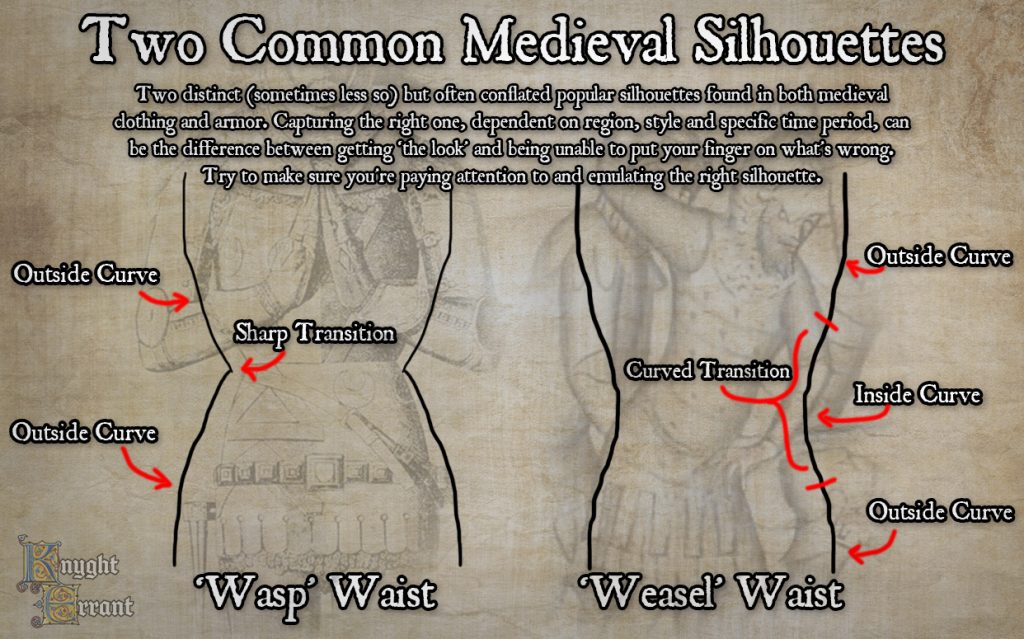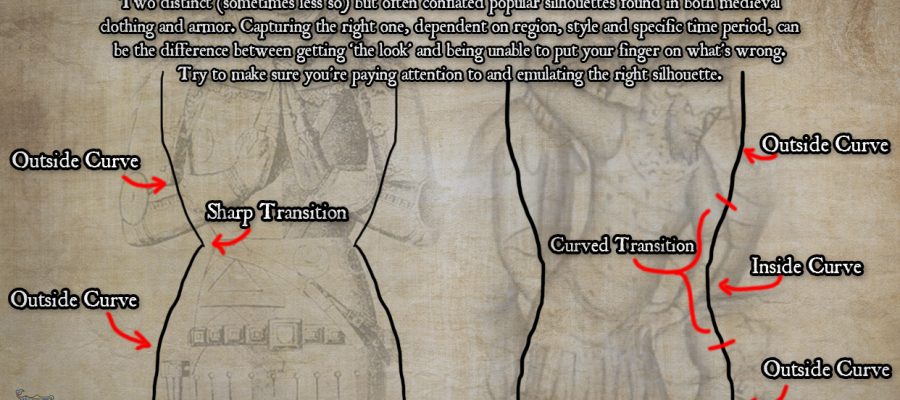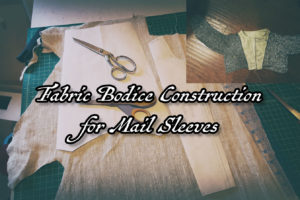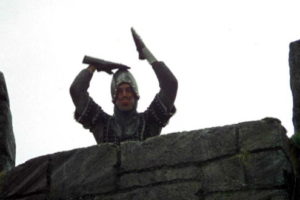Getting the silhouette right is at least half the battle. It is one of the most identifying features of a piece of armor or clothing but it is also often one of the most missed details. These two in particular often get interchanged or ignored, and they are every bit as important to the look of an armor, gown or doublet as its fit.
People will very frequently make a beautiful piece of clothing or armor that in period is defined by the first example silhouette but reproduce it with the second example silhouette which tends to make the reproduction fall flat. It’s easy for us to dismiss these details in the modern day or not even see them, but they are very much intentional in period. They are not only fashionable for a given time period or for a specific piece but they often have functional implications as well. As an example, a properly tailored waist in an arming doublet helps prepare the body to receive the cuirass, and in-turn the cuirass is functionally dependent on being able to squeeze the waist at the sides for weight-bearing and mobility.
Another common misconception is that certain silhouettes are only achievable on a very limited range of body-types and if you’re not one of them there is no sense in trying at all. This is a myth. While an extremely tight wasp-waisted silhouette may as depicted on a 15th century painting of a warrior saint may not be as achievable on a person with a prosperous midsection, the general silhouette can still be achieved to a lesser degree by a competent and skilled tailor or armorer. A modern suit-maker or tailor will always strive to make even the least cooperative body-type look good in a suit. A period tailor or armorer had the same responsibility, and through countless archaeological examples we can see that they were able to achieve these things through proper cut and forming.







Leave a Reply